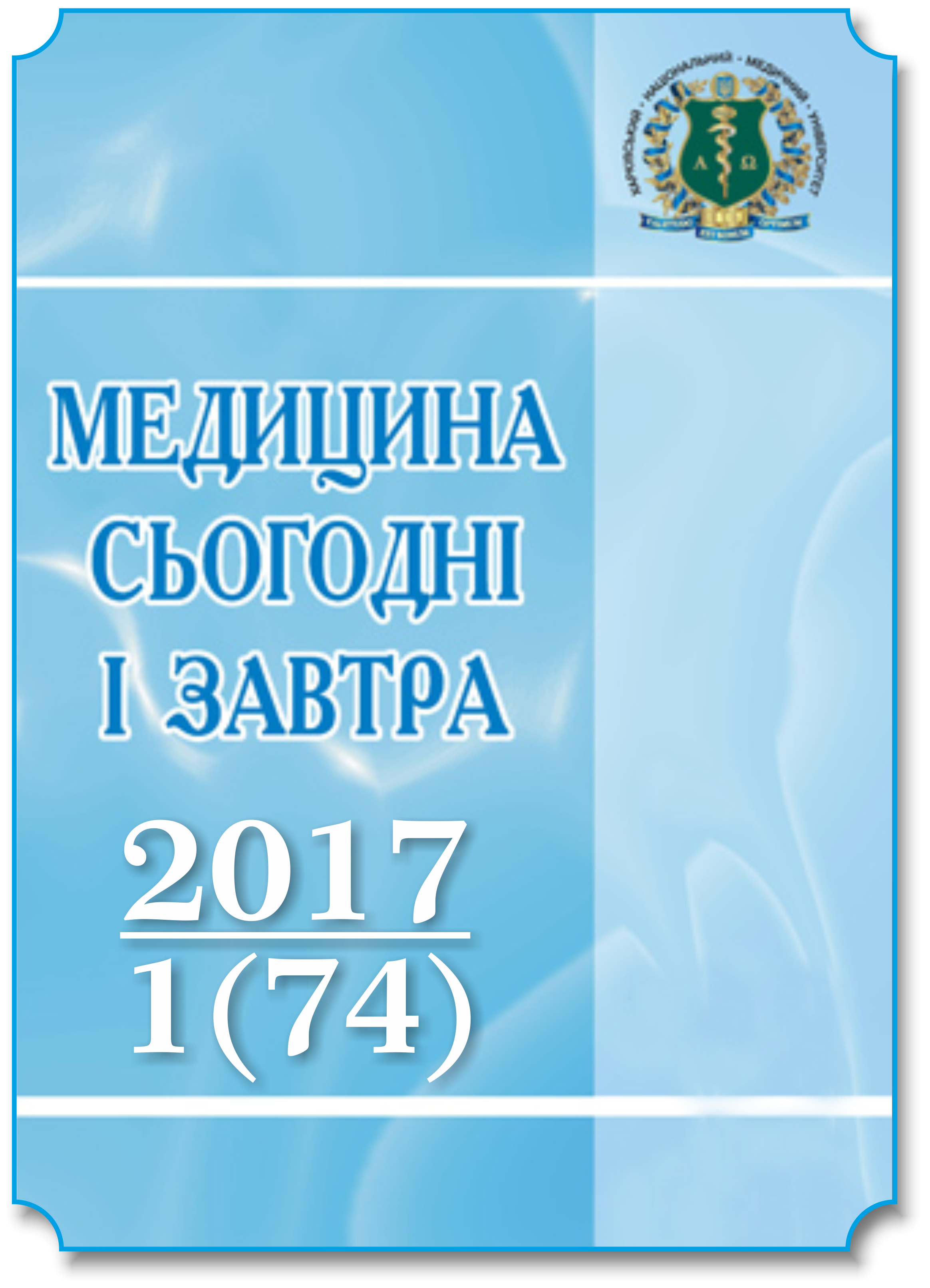Abstract
For patients with severe traumatic brain injury analgesia and sedation are very important. Therefore, the neuroprotective effect of dexmedetomidine was studied in 80 patients with isolated severe traumatic brain injury. Group I included 40 patients who had used morphine and sodium oxybutyrate for analgosection, in the II group (n=40) dexmedetomidine was added. The level of autoantibodies to brain antigens in the serum and the dynamics of recovery of consciousness according to the GCS were assessed. In group II the peak levels of autoantibodies were lower and the decrease of these indices was occurred more quickly, and the level of consciousness according to the GCS was restored earlier. Therefore, the addition of dexmedetomidine to the analgosedation complex can reduce the autoimmune response by carrying out a neuroprotective effect.
References
Clinical practice guidelines for the management of pain, agitation, and delirium in adult patients in the intensive care unit / J. Barr, G. L. Fraser, K. Puntillo [et al.] // Critical Care Medicine. – 2013. – № 14 (1). – С. 263–306.
Лехан В. М. Особливості епідеміології черепно-мозкової травми в Україні / В. М. Лехан, А. П. Гук // Україна. Здоров’я нації. – 2010. – № 2 (14). – С. 7–14.
Аналгоседация больных в остром периоде черепно-мозговой травмы методом постоянной инфузии опиатов и гипнотиков / И. В. Молчанов, Г. В. Алексеева, М. В. Алексеев, Р. Г. Давыденко // Волгоградский научно-медицинский журнал. – 2006. – № 2. – С. – 46–47.
Черний В. И. Терапия черепно-мозговой травмы с позиции доказательной медицины / В. И. Черний // Медицина неотложных состояний. – 2013. – № 4 (51). – С. 37–42.
Guidelines for the Management of Severe Traumatic Brain Injury. – [3rd ed.]. – Brain Trauma Foundation. – 2007. Retrieved from www.braintrauma.org.
Малыш И. Р. Анальгоседация как стратегия предупреждения полиорганной недостаточности у пострадавших с тяжелой политравмой / И. Р. Малыш // Український журнал екстремальної медицини імені Г. О. Можаєва. – 2004. – Т. 5, № 2. – С. 27–31.
Кучин Ю. Л. Гіпералгезія при лікуванні пацієнтів у гострому періоді черепно-мозкової травми / Ю. Л. Кучин // Медицина неотложных состояний. – 2015. – № 1 (64). – С. 64–66.
Paris A. Dexmedetomidine in anaesthesia / A. Paris, P. H. Tonner // Curr. Opin. Anaesthesiol. – 2005. – Vol. 18. – P. 412–418.
Cardiovascular and parasympathetic effects of dexmedetomidine in healthy subjects / J. Penttila, A. Helminen, M. Anttila [et al.] // Cah. J. Physiol. Pharmacol. – 2004. – Vol. 82. – P. 359–362.
Szumita P. Sedation and analgesia in the intensive care unit. – evaluating the role of dexmedetomidine / P. Szumita, S. Baroletti, K. Anger [et al.] // Am. J. Health Syst. Pharm. – 2007. – Vol. 64. – P. 37–44.
Use of α2-agonists in neuroanesthesia: an overview / E. Farag, M. Argalious, D.I. Sessler [et al.] // Ochsner J. – 2011. – Vol. 11 (1). – P. 57–69.
Effect of clonidine on cardiovascular morbidity and mortality after noncardiac surgery / A. Wallace, D. Galindez, A. Salahieh [et al.] // Anesthesiology. – 2004. – Vol. 101. – P. 284–293.
Dexmedetomidine produces its neuroprotective effect via the alpha2A-adrenoceptor subtype / D. Ma, M. Hossain, N. Rajakumaraswamy [et al.] // Eur. J. Pharmacol. – 2004. – Vol. 502 (1–2). – P. 87–97.
Alpha 2-adrenergic agonists protect against radiocontrast-induced nephropathy in mice / F. Billings, S. Chen, M. Kim [et al.] // Am. J. Physiol. Renal. – 2008. – Vol. 295. – Р. 741–748.
